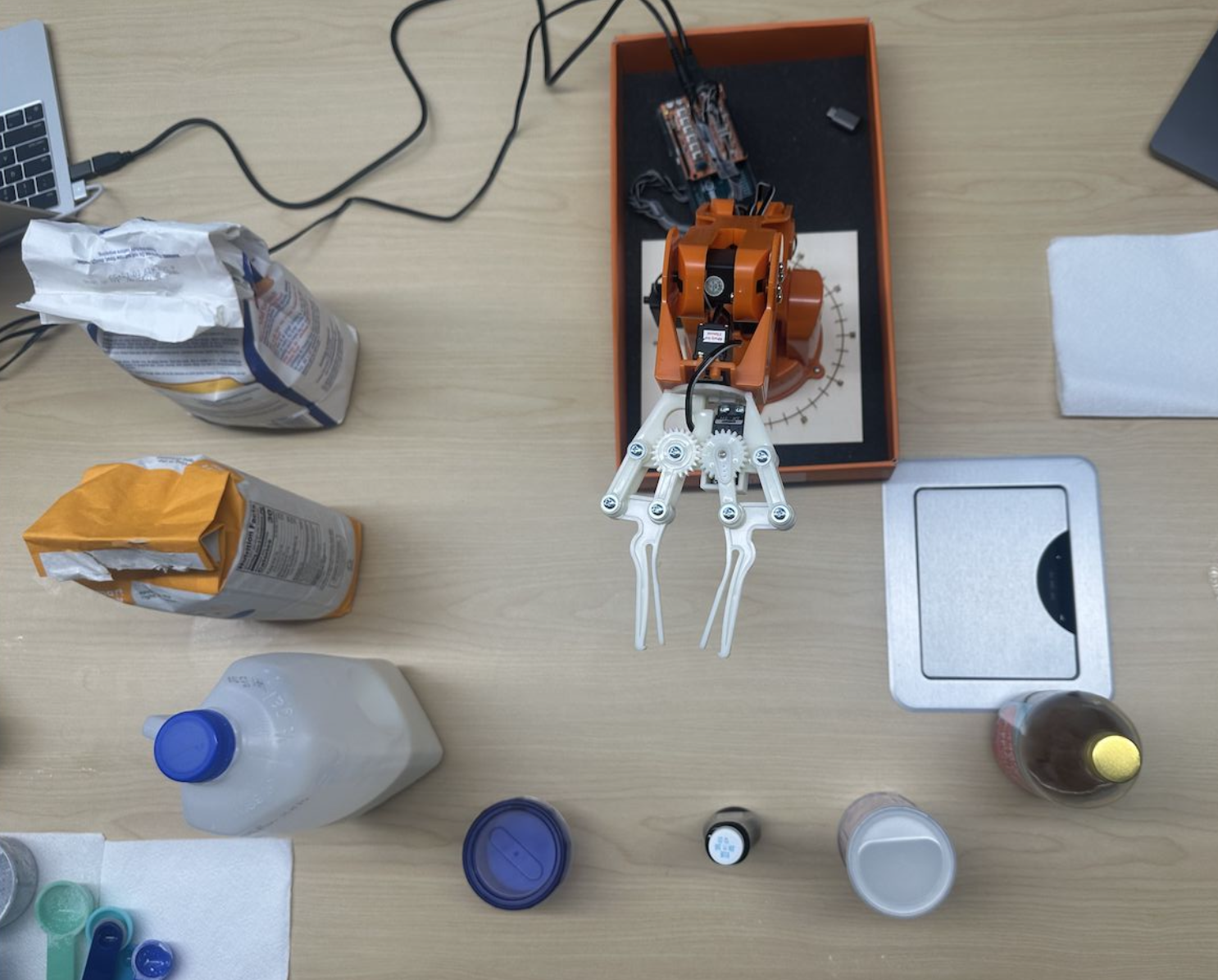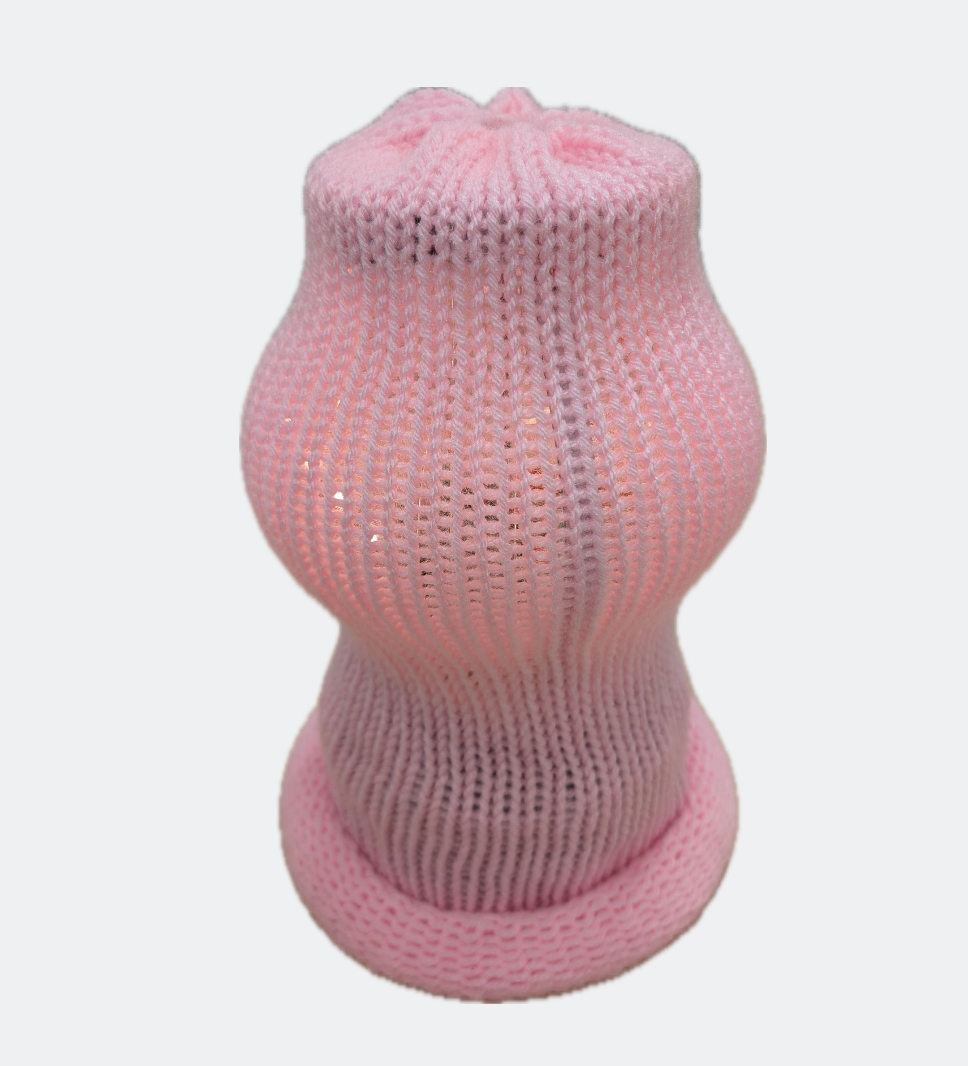
ROB 340: Human Evaluation of Robots
Instructors:
Patricia Alves-Oliveira,
Xiaoxiao Du
GSI: Miranda Mittleman
IA: Margaret Kempe
This course was designed and developed by Patricia Alves-Oliveira.
Robotics DepartmentUniversity of Michigan Ann Arbor
Office: 2252 FRB
This course is running in Winter 2025
Lectures
Monday & Wednesday 1:30 - 3:00 PM GGBL 1025
Office Hours
Wednesday 10:30 - 11:30 AM 4150 FMCRB
Lab
Thursday 3:30 - 5:30 PM 4150 FMCRB
SCHEDULE
Lectures
01/08:
Class 1: Introduction
01/13:
Class 2: Evaluation Protocol
01/15:
Class 3: Evaluation Protocol cont.
01/22:
Class 4: Gaze behaviors
01/27:
Class 5: Emotions
01/29:
Class 6: Wizard of Oz & Peripheral interactions
02/03:
Class 7: Verbal interactions
02/05:
Class 8: Guest Lecture: Sarah
02/10:
Class 9: Guest Lecture: Mike
02/17:
Class 10: Ethics in HRI
02/19:
Class 11: Types of Studies
02/24:
Class 12: Guest Lecture: Sindhu
02/26:
Class 13: Guest Lecture: Michal
03/10:
Class 14: Guest Lecture: Hannah
03/12:
Class 15: Guest Lecture: Mafalda
03/17:
Class 16: Guest Lecture: Filipa
03/19:
Class 17: Case Study & Behavior observation
03/24:
Class 18: Project Feedback
03/26:
Class 19: Project Feedback
03/31:
Class 20: Crowdsourcing data in Machine Learning
04/02:
Class 21: Collaboration and Learning
04/07:
Class 22: Mixed methods studies
04/09:
Class 23: Guest Lecture: Yasmin
04/14:
Class 24: Project Work
04/16:
Class 25: Project Work & Surveys & Statistics
Labs
01/09:
Lab 1: Basics of Human-Robot Interaction
01/16:
Lab 2: Emotive Capabilities Using a Robotic Interface
01/23:
Lab 3: Group Dynamics
01/30:
Lab 4, Wk1: Conversational Gaze
02/06:
Lab 4, Wk2: Conversational Gaze
02/13:
Lab 5, Wk1: LLMs in Robotics
02/20:
Lab 5, Wk2: LLMs in Robotics
02/27:
Lab 6: Algorithm vs. User Experience
03/13:
Lab 7: Project Work
03/20:
Lab 8: Project Work
03/27:
Lab 9: Project Work
04/03:
Lab 10: Project Work
04/10:
Lab 11: Project Work
04/17:
Lab 12: Project Presentations
Exams
02/12:
Mid-Term
04/21:
Final
GRADING
Final Group Project - 30%
Students will engage in group projects aimed at implementing an interactive and creative Robot Design to gain hands-on practical experience.
Project teams will be graded based on consistent participation throughout the semester, deliverables, and technical content.
Lab Projects (Group/Individual) - 30%
Students will complete 6 total labs, intended to expand upon lecture content and allow for hands-on experience with a variety of robot designs.
Students will be graded both individually based on submissions of lab documents and as a group depending on the activity.
Exams - 25%
Students will be evaluated on their understanding of course content through a midterm and final exam.
Class Involvement - 15%
In-class activities & surveys
Reflections on guest lectures
Attentiveness and interest
STUDENTS
Undergraduates
Shanjida Akhtar
Audrey Armstrong
Cara Blashill
Donovan Cece
Eric Chen
Mason Cox
Lily Feldman
Matthew Greenbaum
Madel Humbert
Sarah Jamil
Saipranav Janyavula
Ishrat Khan
Skye Krzykwa
Alexis Lee
Brendan Ohr
Shirley O'Mara
Matthew Prince
Michael Robinson
Pranav Vaya
Carol Wang
Rachel Weldy
Jess Wu
Meiyi Yang
Jichao Zhang
INVITED TALKS

Sarah Sebo
Group Dynamics
University of Chicago
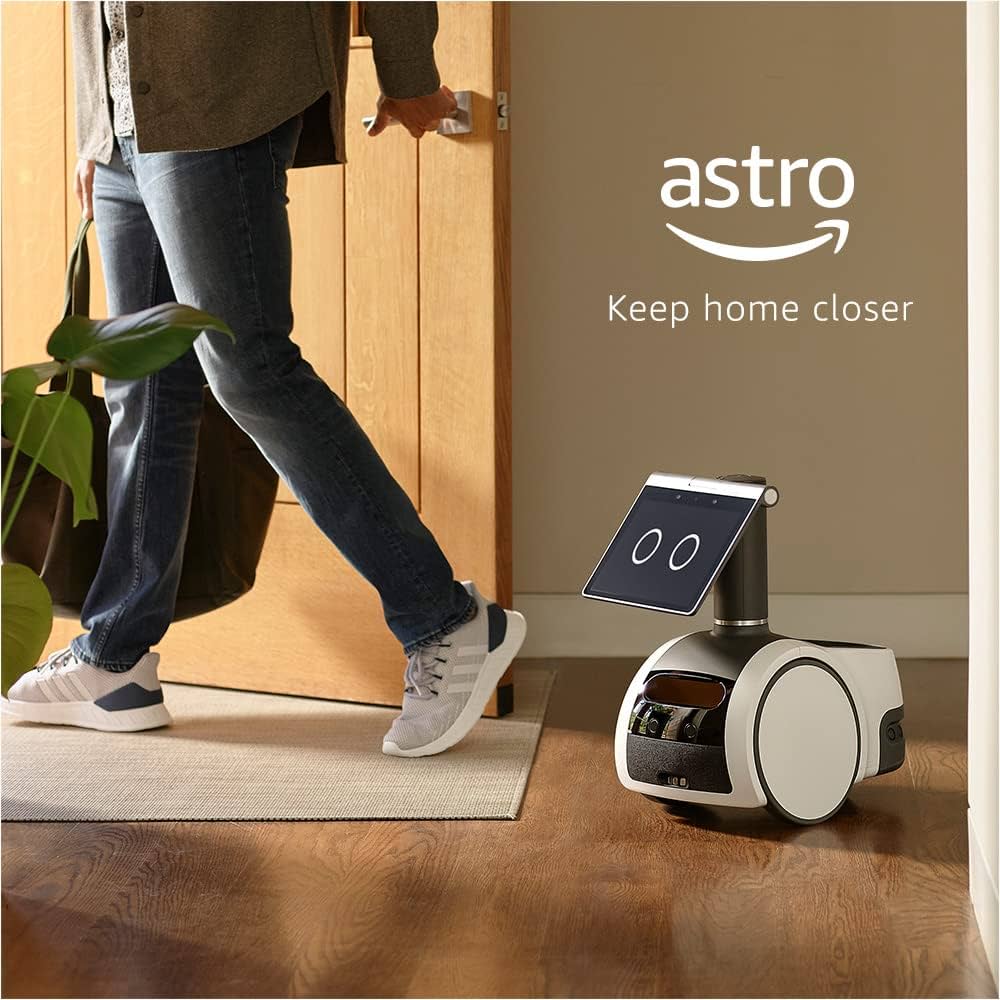
Mike Forst
Character Design
Freelancer Sounds and HRI Designer

Sindhu Kutty
Fairness & Bias in Machine Learning
University of Michigan

Michal Luria
Policies in AI Agents
Center for Democracy & Technology

Hannah Pelikan
Conversational Analysis
Linköping University
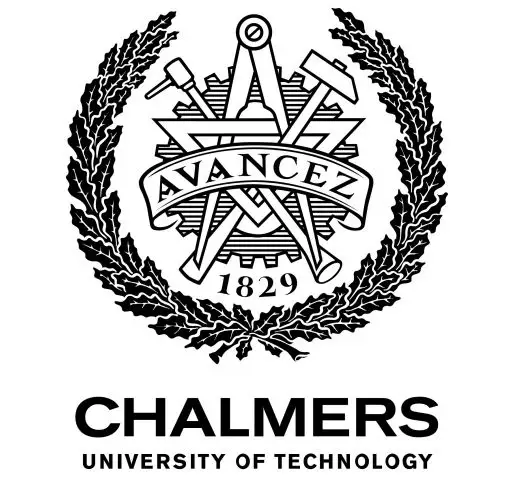
Mafalda Gamboa
Ethnography & autoethnography
Chalmers University of Technology
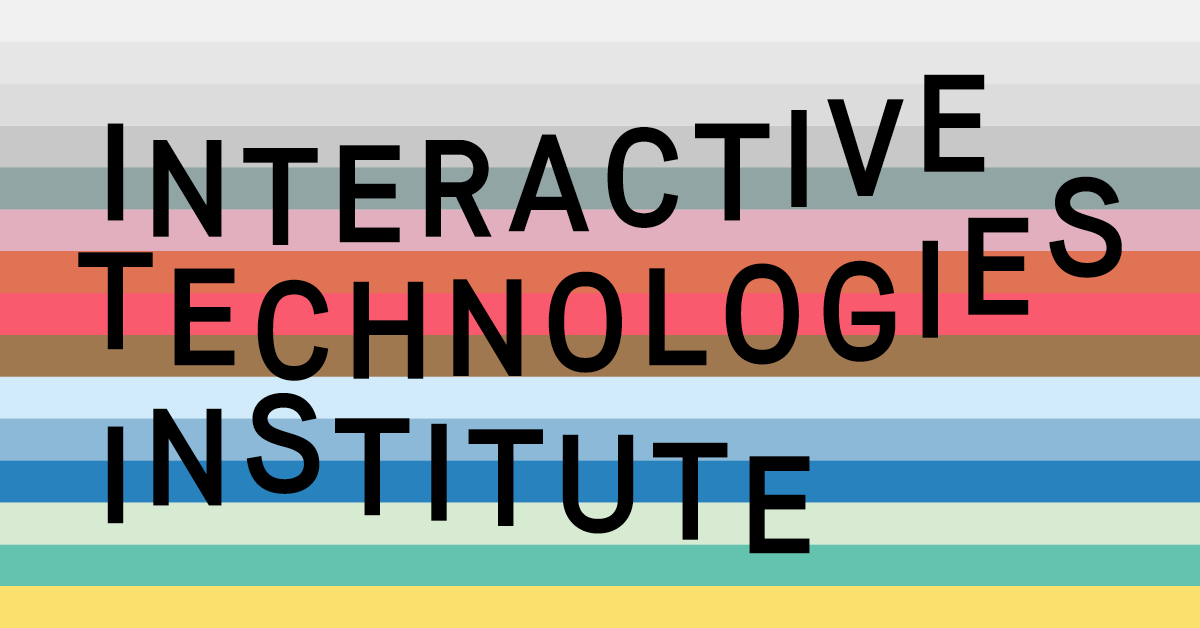
Filipa Correia
Multi-agents evaluation
Interactive Technologies Institute
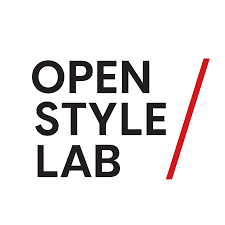
Yasmin Keats
Inclusive Design
Open Style Lab
GROUP PROJECTS
Course Description:

Learning Objectives:
- Evaluate Human-Robot Interaction Systems.
- Learn to work in teams.
- Critique studies in user Human-Robot Interaction.
- Select the appropriate study method for a human-robot interaction study.
- Recognize differences between formative and summative studies.
- Reflect on the difference between system metrics and user metrics (when metrics collide).
- Create a research plan to evaluate robot systems
- Compare and contrast method in user studies
- Understand the connection between theory, design, implementation, and evaluation of a robot system
Group Project:
Labs
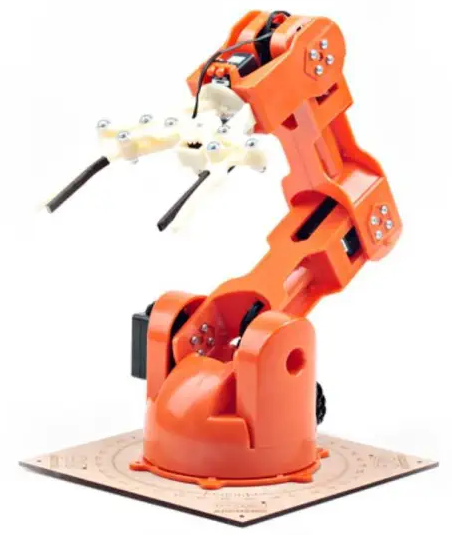
The goal of this lab is to create an interaction using the given robotic arm embodiment and explore the role of human integration in robot task execution.
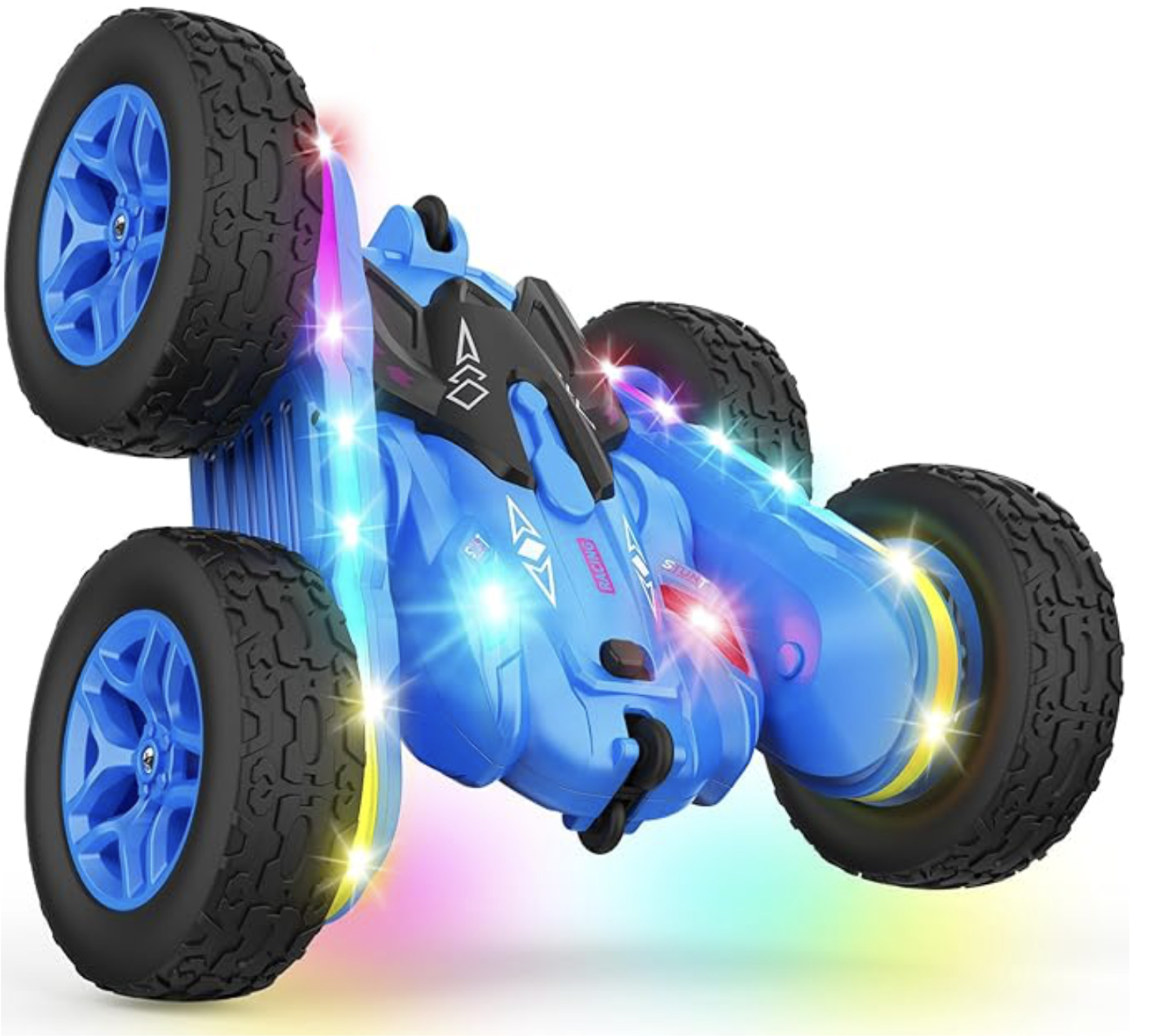
The goal of this lab is to communicate an emotion using only an RC car by creating an emotive routine to understand aspects of expressive robotic behavior.
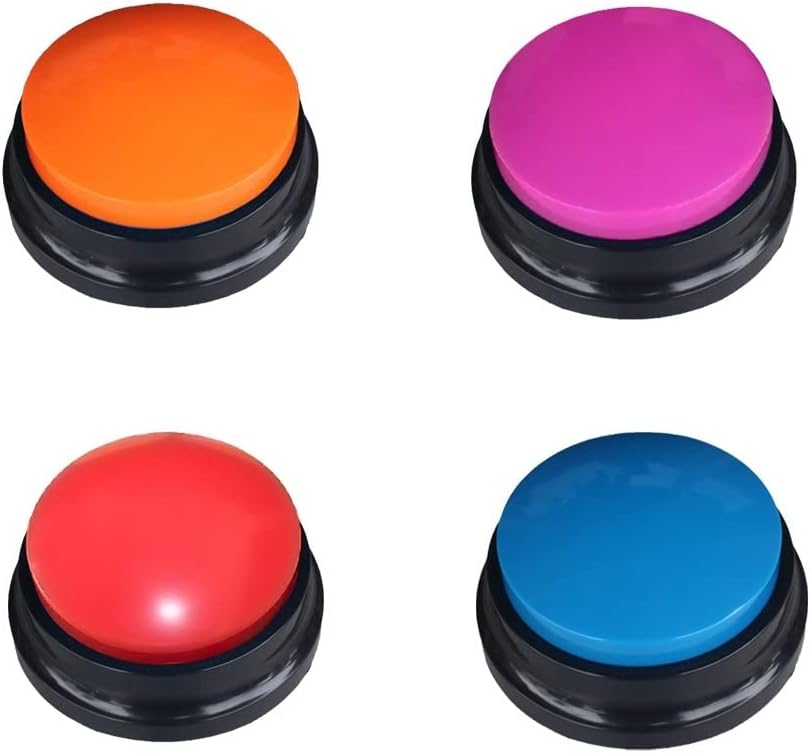
The goal of this lab is to understand the nuances present in group dynamics and how a robot may influence them through a role-play activity.
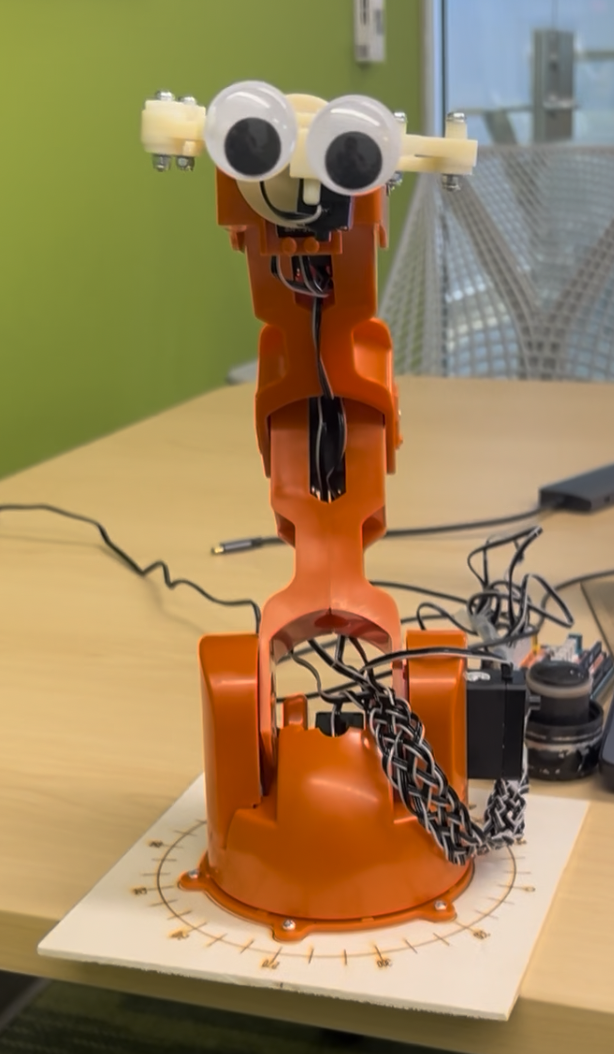
The goal of this lab is to evaluate implemented conversational gaze behaviors in a robot and explore how the differences in human perception.

The goal of this lab is to analyze the pros and cons of LLMs when used in robotics and test their limitations.
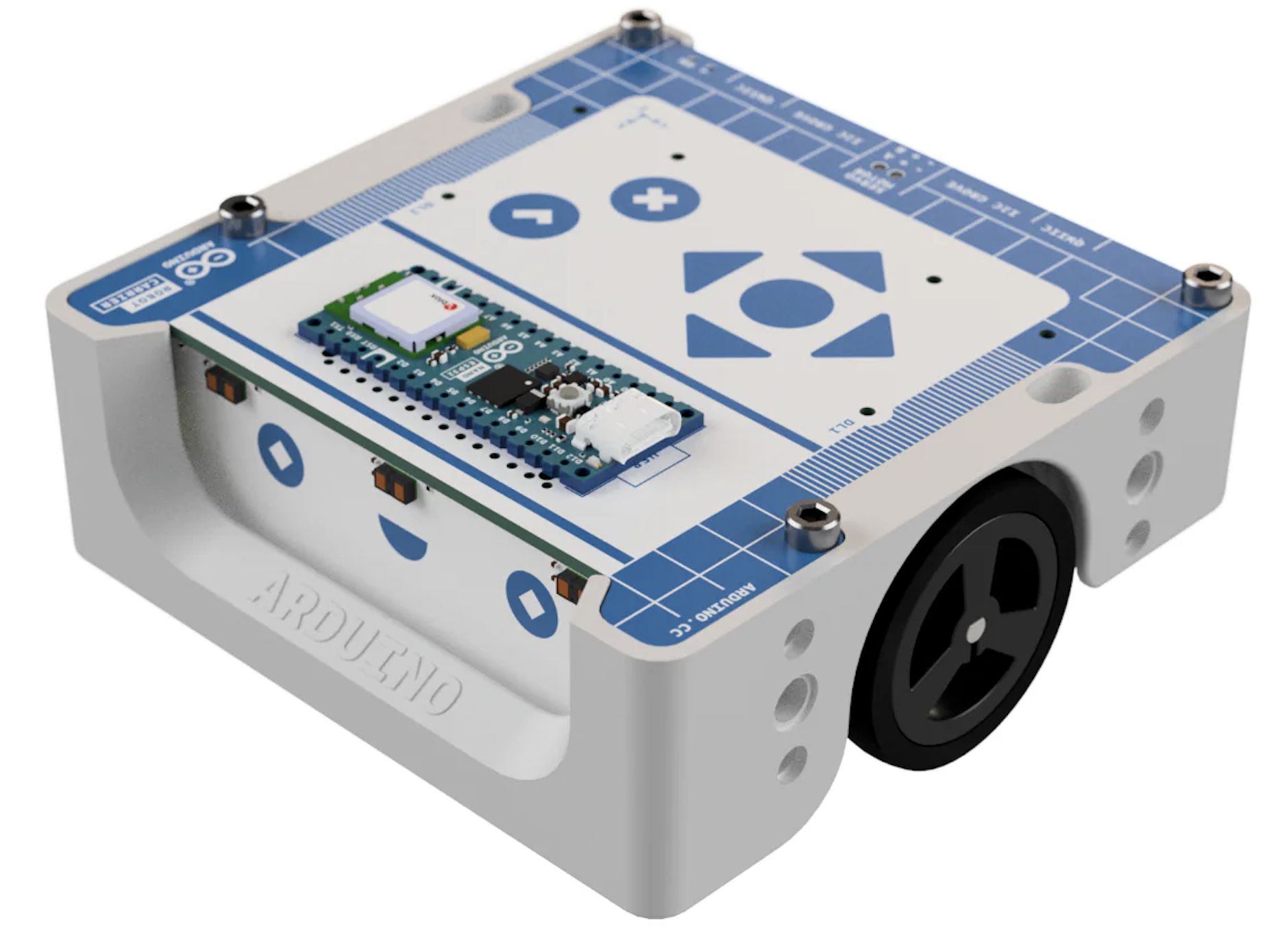
The goal of this lab is to understand the trade-offs between the user perception of robot performance and algorithmic optimal performance.

